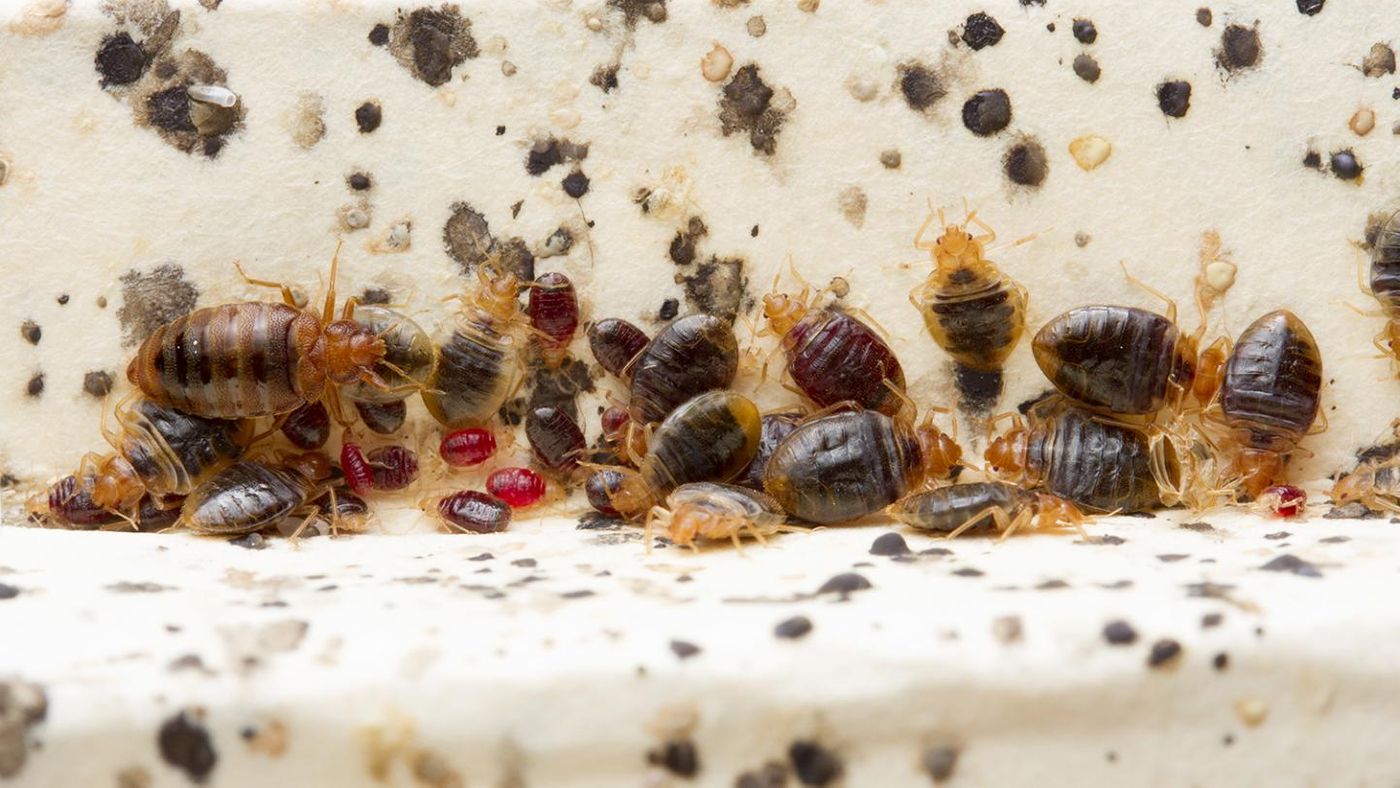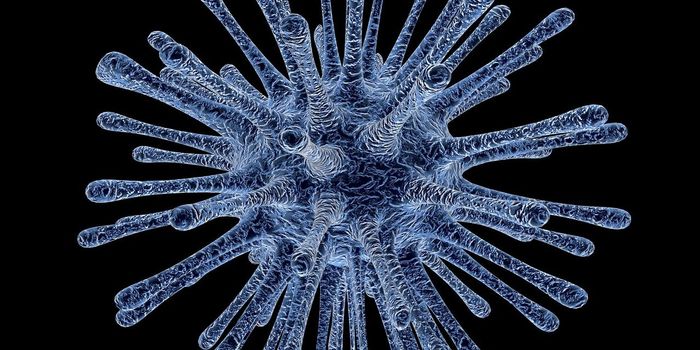Bed Bugs: More Than Just A Nuisance
As if bed bugs weren’t irritating enough, researchers have now associated the pests with dangerously high levels of histamine. In a new study from North Carolina State University (NCSU), scientists compared apartment homes that were bed bug-free versus homes infested with bed bugs - before and after professional heat treatment.
Bed bugs, also known as Cimex lectularius feed on blood like mosquitoes, causing irritating bumps. But unlike mosquitoes, no evidence links the spread of disease to bed bugs. However, bed bug infestations are considered to be a public health pest by the Environmental Protection Agency (EPA), Centers for Disease Control and Prevention (CDC), and United States Department of Agriculture (USDA).
Histamine is a chemical released by the immune system that promotes inflammation, often in response to a pathogenic invasion or “cellular repair work.” Histamine is also released as part of an allergic reactions to food, pollen, or mold. Because of its connections to allergies, histamine is also used in skin and respiratory allergy tests as a positive control.
How are bed bugs and histamines related? Researchers found that bed bugs release histamine in their feces, and bed bugs sense histamine as a sign of a good place to set up shop (like a mattress).
In the new study, researchers compared histamine levels in homes in a Raleigh apartment complex, with and without bed bug infestation. They collected household dust and also examined the effect of treatment and time on histamine levels. Researchers found that histamine levels were 20 time higher in homes infested with bed bugs than in bed bug-free homes. Plus, histamine levels did not decrease significantly in three months after professional heat treatment.
"A combination of heat treatment to eradicate bed bugs and rigorous cleaning to eliminate some of the household dust could be a way to reduce these histamine levels; we'll do future testing to bear that out," explained NCSU’s Zachary DeVries. "We'll also further investigate the effects of histamine in an indoor environment, including chronic exposure to histamine at low levels."
The present study was published in the journal PLoS One.
Sources: EPA, North Carolina State University









